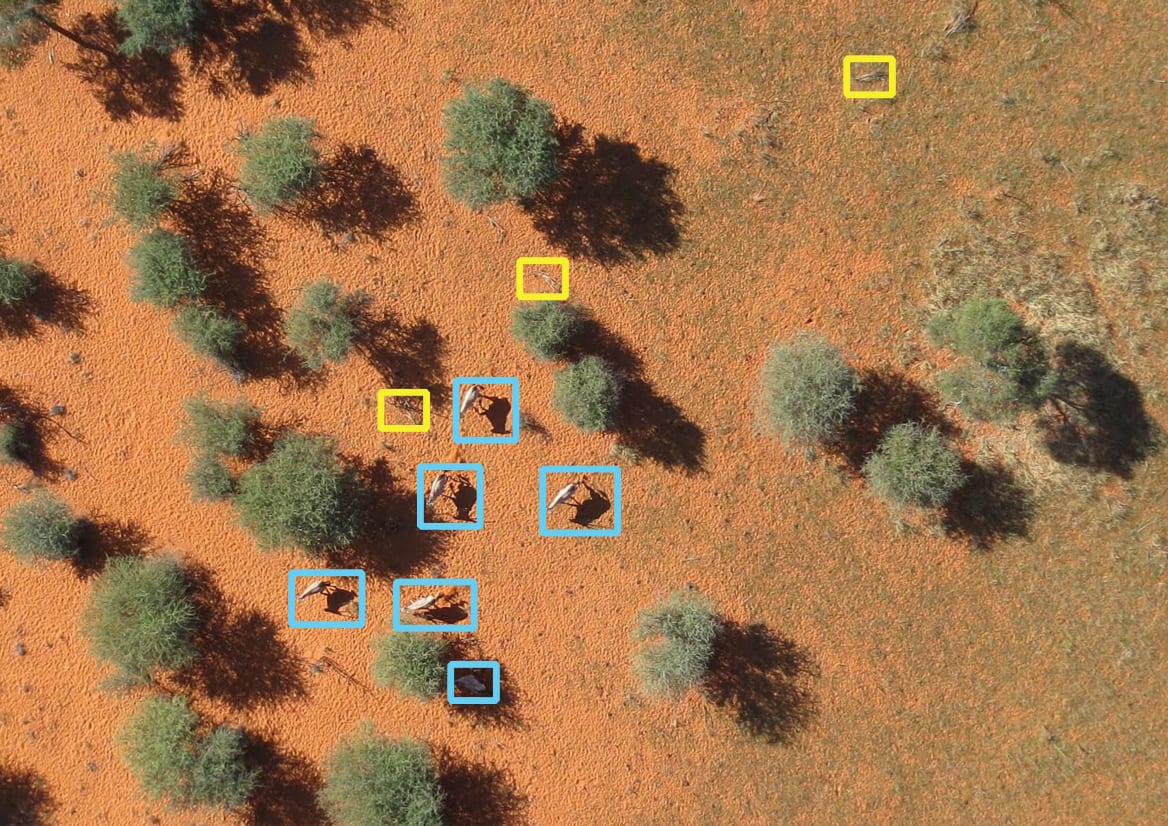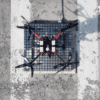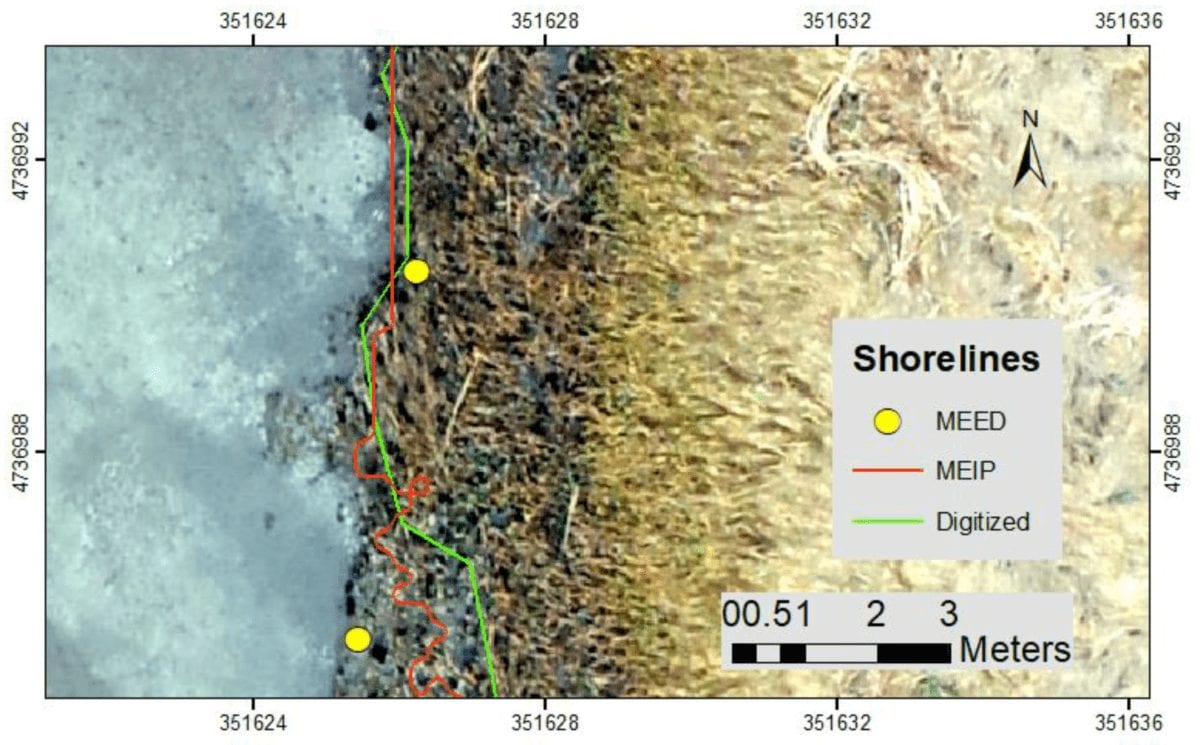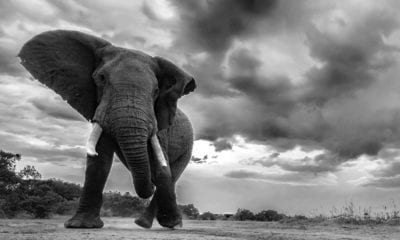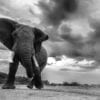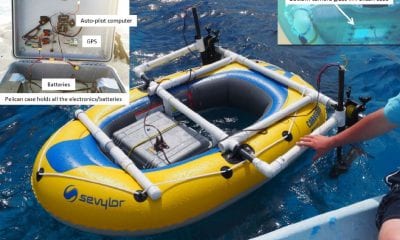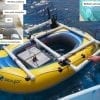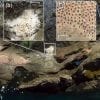Conservation
Drones Help Count African Wildlife
Drones are yet again at the helm of wildlife conservation projects and making a huge difference. Susan Misicka from swissinfo.ch reports about a drone centred project which has completed a promising first run in Namibia. To get an accurate head count of animals in a given area, game counts are typically done in real time by sharp-eyed people in vehicles. A project funded by the Swiss National Science Foundation (SNSF) uses drones and artificial intelligence (AI) to count wild animals more efficiently.
Swiss geo-information specialist Devis Tuia, who received a personal grant from SNSF to form a lab to improve wildlife monitoring methods in places like Namibia, worked with his team and built an AI system to detect animals photographed by cameras mounted on drones in a project that lasted four-years and was wrapped up last month. Explaining the process Tuia says, “Human eyes are very good at detecting animals, but not at screening countless images. Computers can process a lot more data.”
The Kuzikus Wildlife Reserve in Namibia served as the test site for the Swiss project, and student researchers flew drones overhead to photograph the entire reserve in 2014 and 2015. The drones collected about 150 photos per square kilometre; the next step was sorting the images featuring animals like oryx, kudu and zebra. Being too dry to sustain many trees Savannah grasslands are well-suited for exploration by drone.
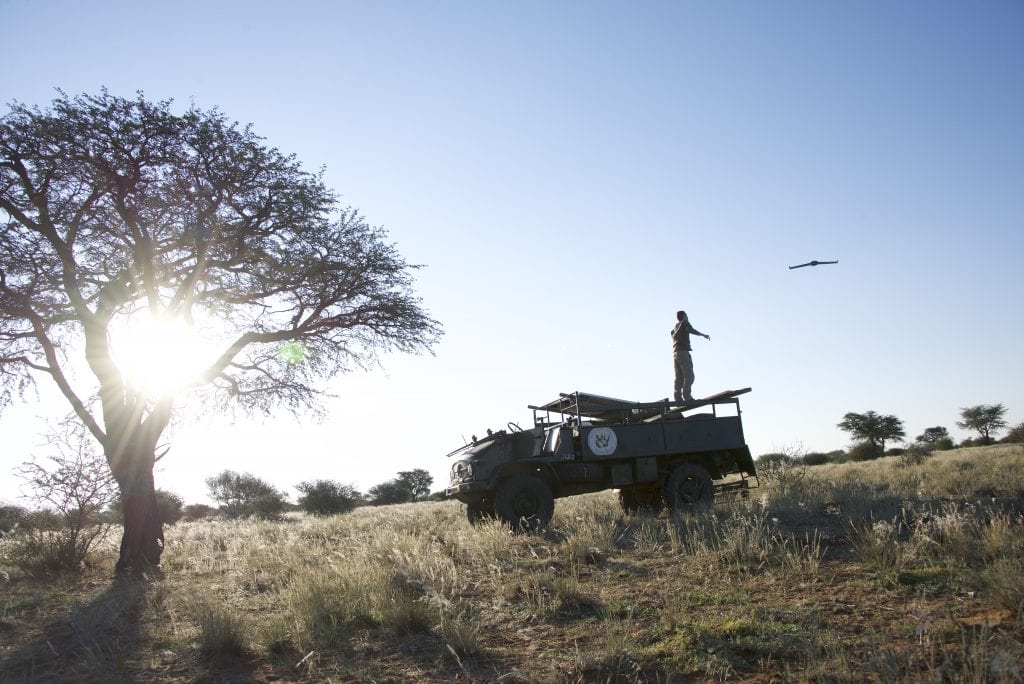
Counting animals in wildlife reserves with the help of drones: the SNSF-funded research team tests their new technique on the ground in Namibia.
Tuia said that students at the Qatar Computing Research Institute provided the groundwork to help the computers identify everything that looked like a large animal. An algorithm can flag images containing animals and discard those without. Reserve director Friedrich Reinhard elaborated, “In the beginning we were rather sceptical. The drones produce so many images that I thought it would be difficult to use.”
The system enabled a single person to do a full count of the reserve – which measures 100,000 square kilometres – within a week, saving the conventional costs of hiring a team of people and a helicopter.
“It’s simple for a ranger to go through the pre-selected images and say ‘yes’ or ‘no’. It’s easing their workload rather than eliminating their job,” says Tuia adding, “For example, the rangers were interested to see whether they had enough food for grazing so that they could provide supplementary food if not.” Being able to identify animals for safaris is another way of generating tourism income that can boost the local economy and conservation efforts simultaneously.
Using drones to do a wildlife census – or to detect poachers – also reduces the risk of a ranger being killed by illegal game hunters. “Poachers tend to be heavily armed, so if they saw a drone they’d probably shoot it down. Rangers in helicopters have experienced this as well,” Tuia says.
Now the Ol Pejeta Conservancy in Kenya is testing the system “The system would also need a user interface to get onto a ranger’s desktop. We’re eager to see how this could be adapted to other places, like Kenya,” says Tuia, noting that there’s interest in South Africa and Tanzania as well.
The research titled, ‘Detecting Mammals in UAV Images: Best Practices to address a substantially Imbalanced Dataset with Deep Learning’, is published in the journal Remote Sensing of Environment (2018). https://www.sciencedirect.com/science/article/abs/pii/S0034425718303067

